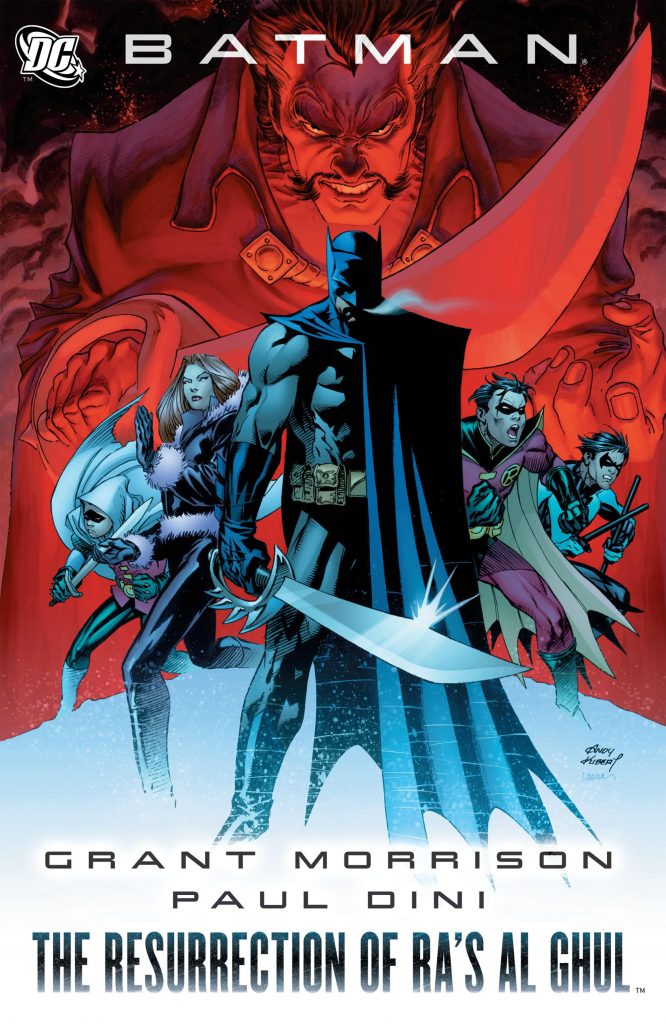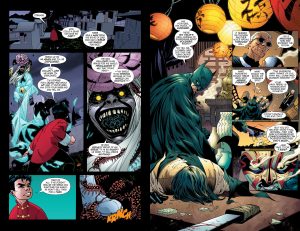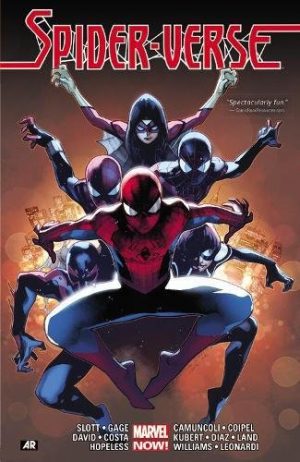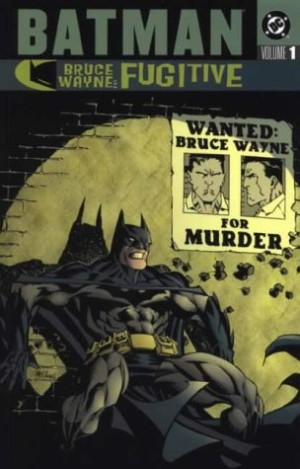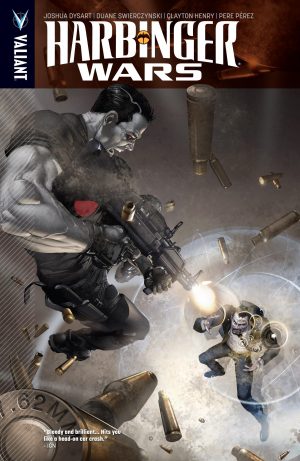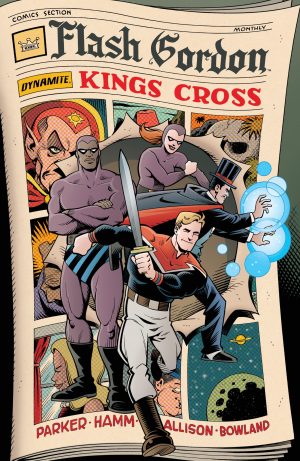Review by Frank Plowright
Spoilers in review
Introduced by Denny O’Neil in 1971 as a new type of foe for Batman, Ra’s Al Ghul is an ecological terrorist who heads a cult of fanatical followers ready to die for him. He’s survived death for centuries by immersion in the Lazarus Pit, but prolonging his life comes at a cost each time. When he last faced Batman in Death and the Maidens, he died. His body was burned to ashes, and both his daughter Talia and Batman believed there was to be no return from that. What’s the title again? It’s not too long before someone claiming to be Ra’s Al Ghul turns up. He knows enough to convince his daughter and his followers, but is trapped within a decaying body, and as there’s no grandfatherly sentiment about him, he’s identified Damian as the ideal vessel for his identity.
In addition to Batman the plot encompasses both the Tim Drake and Damian versions of Robin, and additionally Nightwing, with five separate writers providing input. Yet, barring a shaky segue between the first and second episodes, the plot moves very smoothly, with their different approaches are well contained. Paul Dini and Grant Morrison are more likely to spring surprises, with Morrison accentuating the spiritual, and both they and Peter Milligan define personalities well via their narrative captions. Fabian Nicieza and Keith Champagne are more straightforward. The most significant difference is the way the writers handle Damian, with some ramping his snottiness up to eleven, and others providing a more cohesive version.
The constant switching between artists is less easily disguised, and the switch in styles is jarring. Jason Pearson (sample art left) and Tony S. Daniel (sample right) are both dynamic and excellent, but David Baldeón, Ryan Benjamin, Don Kramer, David López, and Freddie E. Williams II all ensure their chapters feed the plot, although too many artists deal in spray-on costumes. More annoying is an inability to keep visual details consistent. Damian could be three different children during the course of events, and Ra’s Al Ghul recovers, deteriorates, and looks better again according to artistic interpretation.
At its heart this is a story about messing with family connections, both direct ones and those of Batman with Robins past and present. A couple of new family relationships are disclosed, logical enough for anyone who’s known the characters for years, and another is well exploited by Ra’s Al Ghul to sow uncertainty. In a story that stresses balance, however, there are improbable aspects, not least that provided they can put two and two together, several hundred people now realise Bruce Wayne is Batman. The ending is also problematical, with its uneven declaration as to virtue and oh so convenient timing, as is entirely ignoring the way Ra’s Al Ghul was at the time of his ‘death’ in Death and the Maidens, which lacks credibility. Overlook all that and The Resurrection of Ra’s Al Ghul provides suitably twisting entertainment with enough uncertainty to propel readers from chapter to chapter.
